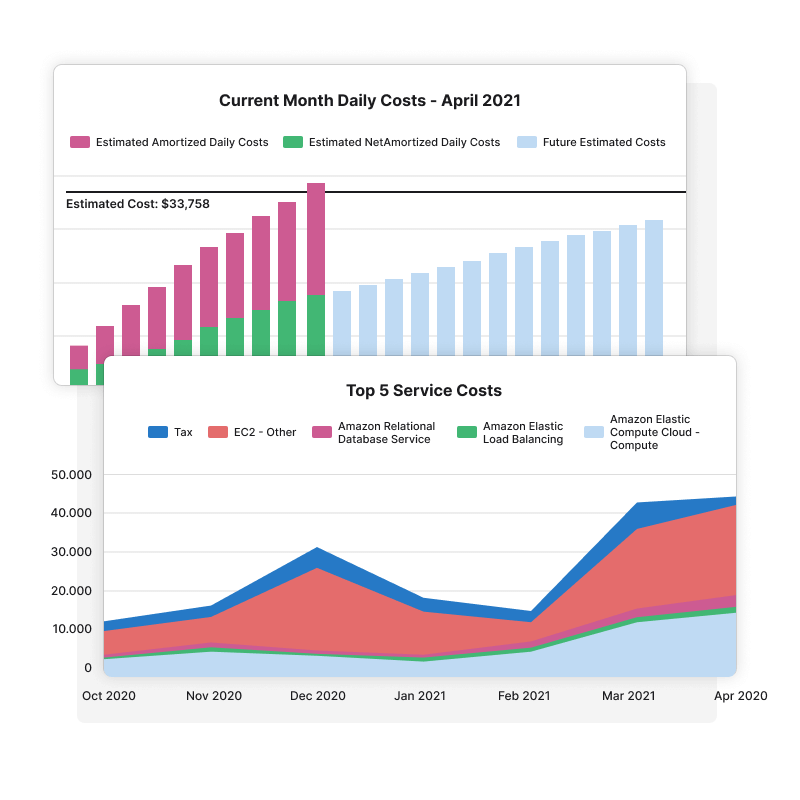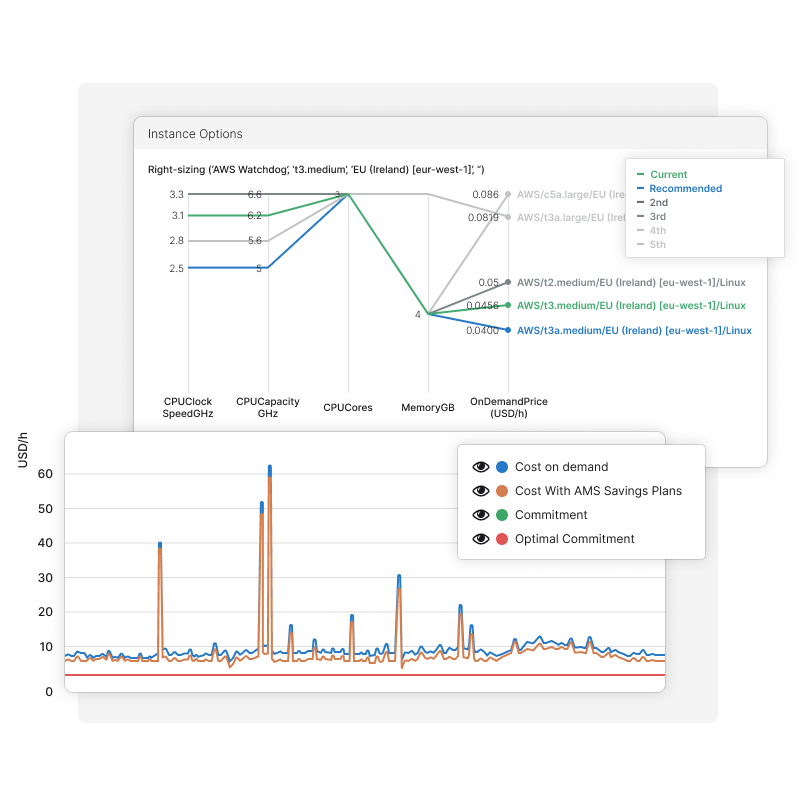More and more, we see our clients moving their workloads from clunky on-premise data centers to nimble cloud platforms, orchestrated container environments, such as Kubernetes and Red Hat OpenShift, or a combination of both. The technical aspects of such a migration are typically well-known. Your IT staff does a great job managing these environments:
- Operating in the cloud
- Harvesting data from cloud platforms
- Operating in orchestrated environments
- Collecting data from inside applications
Still, there is one more aspect of managing these environments that is often overlooked — cost.
Are you wasting your cloud spend?
Did you know that on average between 35% to 50%, or more, of enterprise cloud spend is wasted? The most common reason why this is happening is that businesses are using antiquated analog practices in the digital world that the cloud operates in. For example, you think you have enough capacity in the cloud to suit your needs but don’t know where all the money is going, thereby making it easy to lose sight of expenditures.
Back in the day, application capacity was decided only after the application was launched. It would only be revisited if the app had performance problems. That made sense then because once the servers and storage were deployed, the cost was spent and couldn’t be recovered.
Fast forward to today where we find that cost is incurred every hour and each day that the application is running. That means in order to operate in a fiscally lean manner, companies need to proactively manage cloud capacity to control costs. Once applications are deployed as part of the DevOps cycle, capacity needs to be tweaked, reviewed and revised periodically to align with real-time requirements in order to rein in costs.
For example, if an app is running between 8 a.m. and 6 p.m. on weekdays, then the instances should be shut down outside of those hours to save company money that contributes to your bottom line.

Right-size, right-buy, optimize
There’s a whole slew of different cloud providers to choose from these days — AWS, Microsoft Azure, Google Cloud etc. Each offers hundreds of instance types, at different price points and different locations. As with most cloud products, once you go up the scale, the price per hour generally doubles at each step.

That’s one of the primary reasons to consider a Cloud Cost Management solution. If you are using an instance that provides too much capacity for your needs, you could be spending double what you need to.
Uptrends Cloud Cost Management tool automatically assesses your current cloud allocation to help you make spot-on spending decisions based on performance and cost-effectiveness of every instance over time frames that you specify and even make comparisons across multiple cloud providers.

Cloud cost management is all about the details
Cloud providers add flexibility in the form of multiple purchase plans. Generally, you can achieve a much lower per-hour cost if you commit to using a certain type of instance over time. However, it’s common for customers who have paid for these plans to lose money on them. The good news is that some providers offer a secondary market where you can resell this pre-paid capacity.
With Uptrends Cloud Cost, optimal capacity can be better managed by taking advantage of the following features:
- Statistical analysis on IT workloads
- Identifies resource constraints on server workloads
- Recommends optimum configuration
- Short-term and long-term trends on utilization to predict potential capacity issues
- Reliable structured and scheduled reports
- Provides enterprise view of capacity across large estates
- Single pane of glass for multiple technologies
The takeaway
Cost is the new capacity. In summary, cloud platforms provide elastic capacity, but at a cost. Customers are no longer limited by the unwieldy infrastructure they have to maintain in their data centers. Instead, budgets are becoming central to managing and optimizing cloud costs. Uptrends Cloud Cost Management is the right step toward making smarter cloud capacity purchases.




